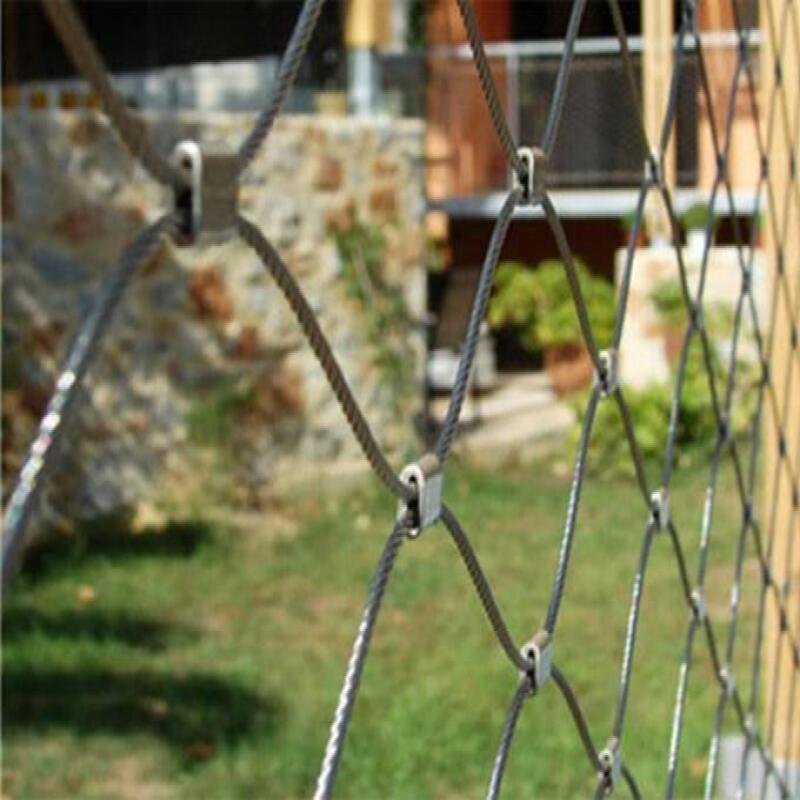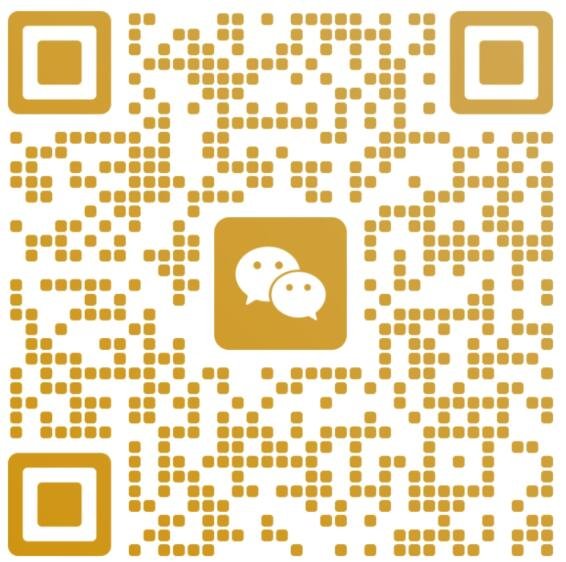What is a zoo aviary netting? A zoo room is a parcel bordered by secure fencing or a wall surface. It is used for presenting pets to the general public, Normally utilized in zoos (short for zoological garden or zoological park and also called an animal park or menagerie). We mainly provide five sorts of zoo Aviary Nettings.
What are the prominent features of a zoo aviary netting?
- The constraints animals face in a regional setting and how to conquer them.
- The importance of supplying an atmosphere that attends to biological and psychological needs and is species-specific.
- How to use details to give good health and welfare each day and throughout an animal’s life.
- what elements are you have to consider When you design a zoo aviary netting
- Acknowledge that room designs need to deal with types- specific needs and enable an animal to accomplish a full array of practices.
- Determine why non-physical criteria such as humidity, temperature, and light are essential for favorable pet well-being within an atmosphere.
- Identify a suitable room framework and recognize how this relates to pet welfare. · Assess how efficient everyday administration and maintenance can support great pet well-being.
Types of zoo aviary nettings
Types of zoo aviary nettings included stainless steel rope mesh, stainless steel rope mesh, weld mesh, crimped wire mesh, chain link mesh, and chicken wire mesh.
-
- Stainless Steel Wire Rope Mesh: This zoo unit has a stainless steel rope fence and a supporting structure.
- Weld Mesh Enclosure: Especially the stainless steel weld mesh. It’s flexible and usually pieced together.
- Chain Link Fence: An adaptable design. The mesh can be customized to your desired size and is commonly used in zoos and commercial buildings.
- Hexagonal Wire Mesh: Typically used in bird aviaries for birds from 1″ to 3″ in size, like chickens.
- Crimped Wire Mesh: Woven mesh made from high-quality stainless steel or galvanized wire, used as zoo mesh.
Stainless Steel Rope Enclosure zoo mesh Specification
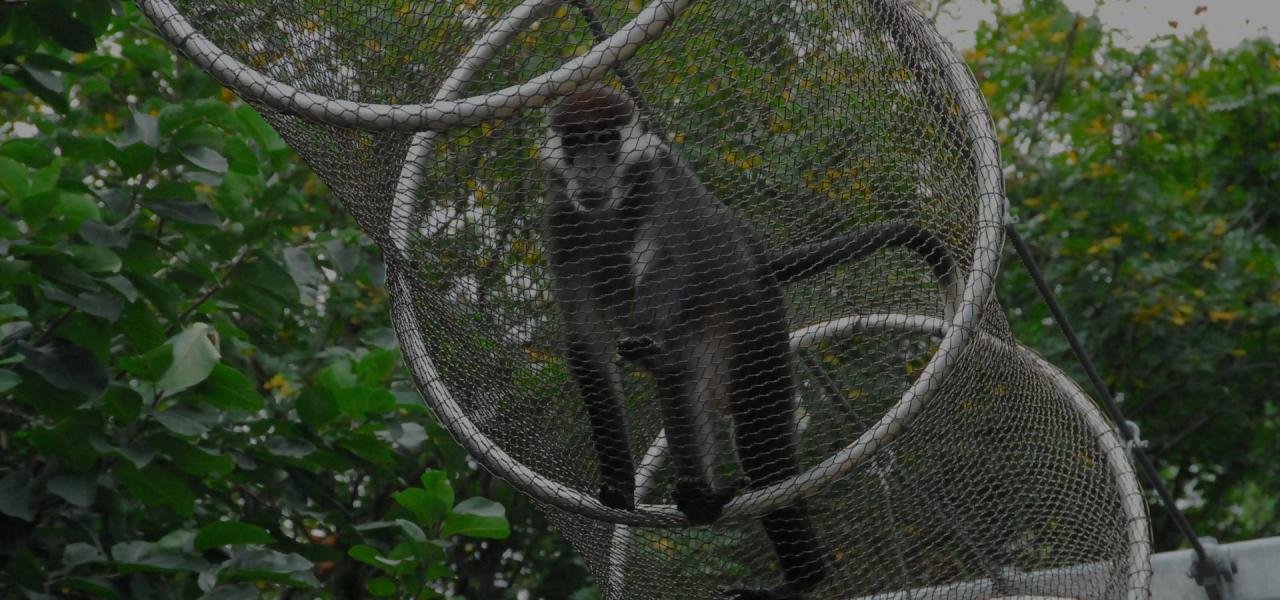
| Material |
Cable Diameter |
Hole Size |
Normal Break |
| SS304/316/316L |
3/64″ (1.2MM) |
1″ x 1″ |
270 LBS |
| SS304/316/316L |
1/16″ (1.6MM) |
1″ x 1″ |
480 LBS-zoo aviary netting Recommended specification |
| SS304/316/316L |
1/16″ (1.6MM) |
1.2″ x 1.2″ |
480 LBS |
| SS304/316/316L |
5/64″ (2.0MM) |
1.2″ x 1.2″ |
676 LBS |
| SS304/316/316L |
5/64″ (2.0MM) |
1.5″ x 1.5″ |
676 LBS |
| SS304/316/316L |
5/64″ (2.0MM) |
2.0″ x 2.0″ |
676 LBS |
Weld Mesh
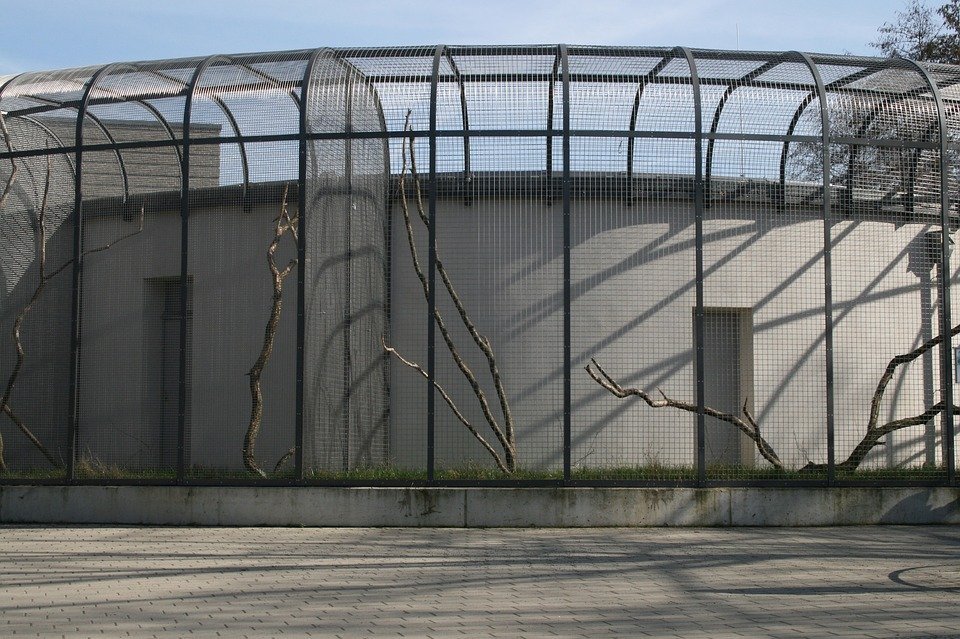
| Opening |
Wire Diameter<BWG> |
| In inch |
In metric unit(mm) |
| 1/4″ x 1/4″ |
6.4mm x 6.4mm |
22,23,24 |
| 3/8″ x 3/8″ |
10.6mm x 10.6mm |
19,20,21,22 |
| 1/2″ x 1/2″ |
12.7mm x 12.7mm |
16,17,18,19,20,21,22,23 |
| 5/8″ x 5/8″ |
16mm x 16mm |
18,19,20,21, |
| 3/4″ x 3/4″ |
19.1mm x 19.1mm |
16,17,18,19,20,21 |
| 1″ x 1/2″ |
25.4mm x 12.7mm |
16,17,18,19,20,21 |
| 1-1/2″ x 1-1/2″ |
38mm x 38mm |
14,15,16,17,18,19 |
| 1″ x 2″ |
25.4mm x 50.8mm |
14,15,16 |
| 2″ x 2″ |
50.8mm x 50.8mm |
12,13,14,15,16 |
Chain Link Mesh
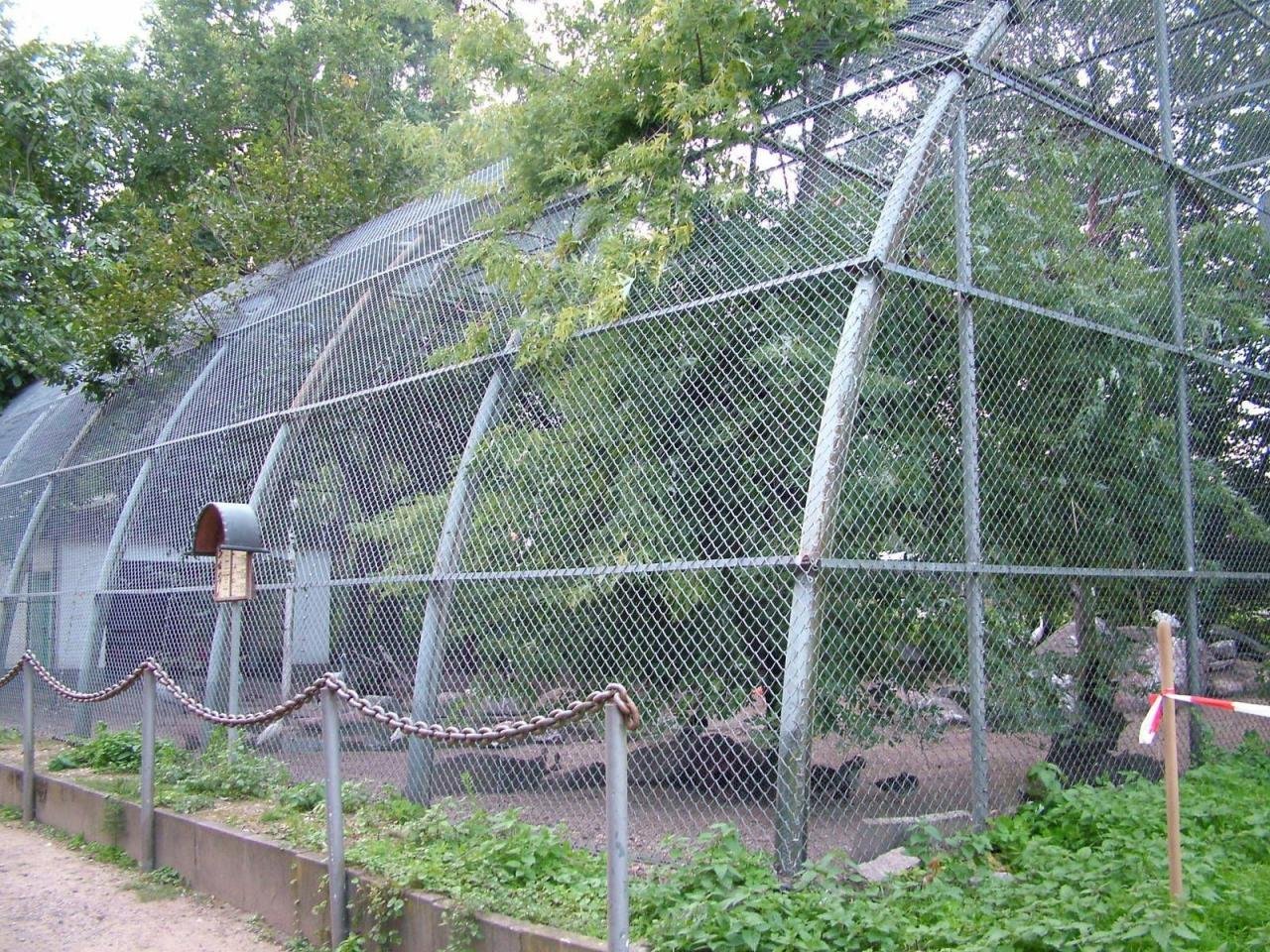
| Chain Mesh zoo aviary netting Specifications |
| Fence Height: |
5ft, 6ft, 8ft, etc. (1.5m, 1.8m, 2.0m, 2.4m, etc.) |
| Fence Length: |
9m, 12m, 15m, 20m, 30m |
| Wire Thickness: |
2.5mm, 3.0mm, 3.15mm, 3.5mm, 4.0mm |
| Opening size: |
25x25mm, 50x50mm, 75x75mm, 80x80mm |
Hexagonal Chicken Wire Mesh
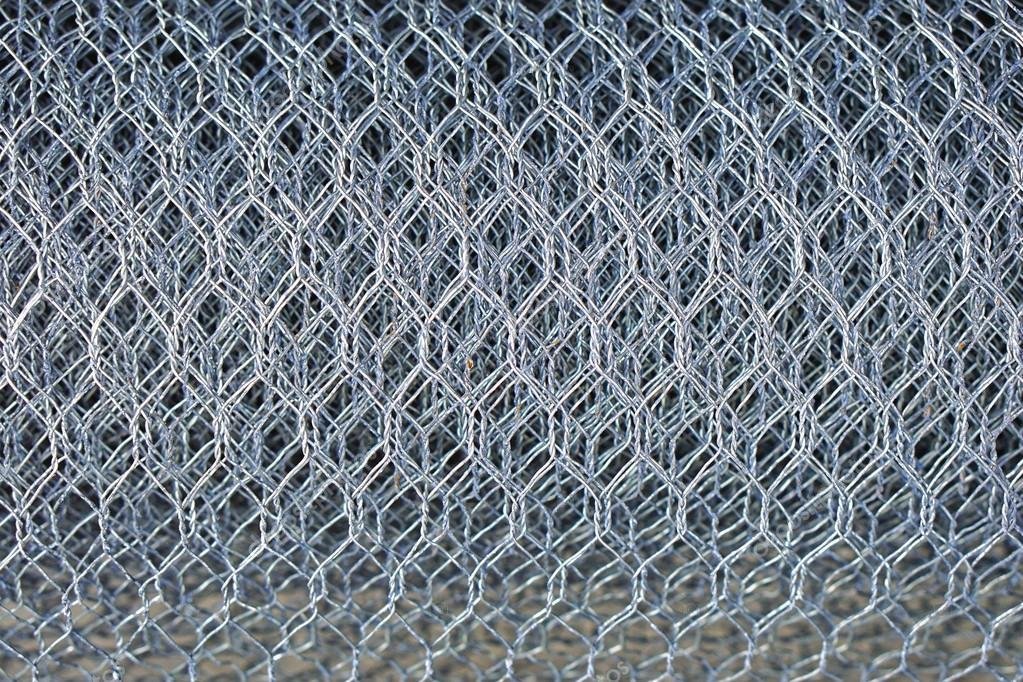
| Hexagonal Wire Netting Specification |
| Mesh Size |
Wire Diameter |
Width & Length |
|
|
|
| 3/8″ |
9.52mm |
0.42mm – 0.50mm |
Width: 0.5m-1.8m
Length: 25m, 30mOther sizes Hexagonal Enclosure zoo mesh can be made as to the customer’s request |
| 1/2″ |
12.7mm |
0.38mm – 0.80mm |
| 5/8″ |
16mm |
0.38mm – 1.0mm |
| 3/4″ |
19mm |
0.38mm – 1.2mm |
| 1″ |
25.4mm |
0.38mm – 1.2mm |
| 5/4″ |
31mm |
0.55mm – 1.2mm |
| 3/2″ |
38.1mm |
0.55mm – 1.4mm |
| 2″ |
50.8mm |
0.55mm – 1.5mm |
| 3″ |
76.2mm |
0.65mm – 1.5mm |
| 4″ |
101.6mm |
1.2mm – 2.0mm |
Crimped Wire Mesh aviary netting
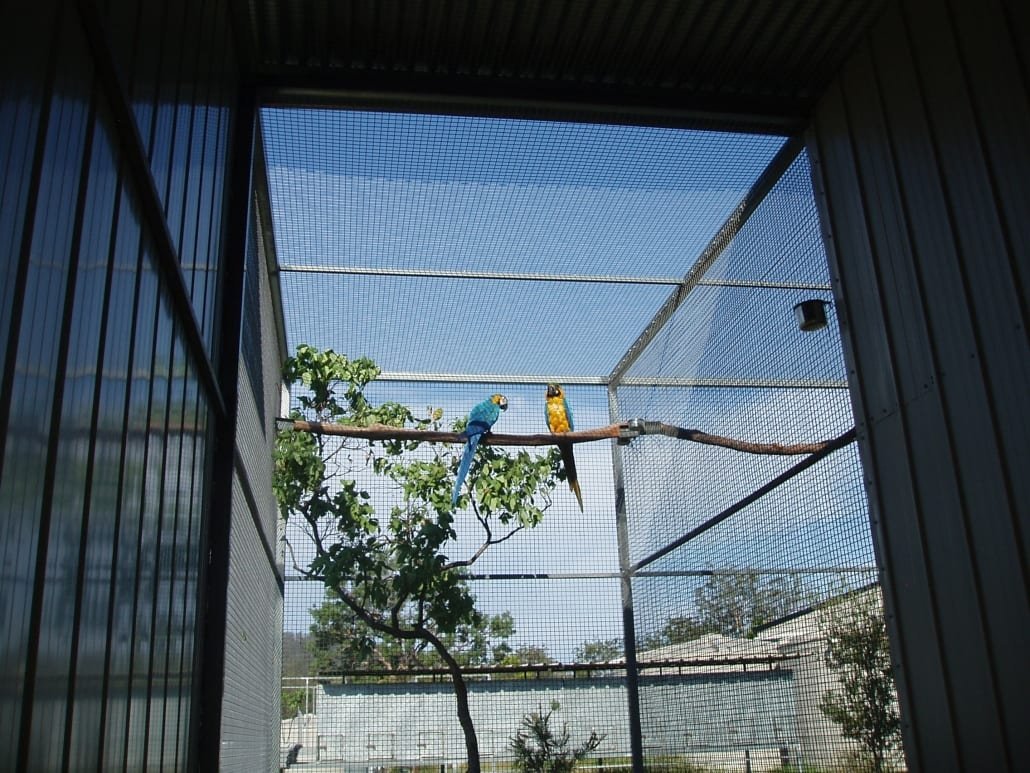
| Wire Gauge (SWG) |
Wire Diameter (mm) |
Mesh/Inch |
Aperture (mm) |
Weight kg/m2 |
| Six zoo aviary netting |
4.8 |
1 |
20.6 |
11.5 |
| 8 |
4.05 |
2 |
9 |
16.5 |
| 10 |
3.2 |
2 |
10 |
10.5 |
| 12 |
2.6 |
3 |
5.9 |
10.5 |
| 14 |
2.0 |
3 |
6.5 |
6 |
| 16 |
1.6 |
4 |
5 |
5.5 |
| 17 |
1.4 |
5 |
5.1 |
5.0 |
| 18 |
1.2 |
5 |
4 |
3.6 |
| 19 |
1.0 |
6 |
3.2 |
3.0 |
| 21 |
0.8 |
7 |
2.8 |
2.3 |
| 22 zoo aviary netting |
0.7 |
8 |
2.5 |
2 |
What is a suitable zoo aviary netting?
A good zoo aviary netting must create environments that meet the physical and behavioral needs of the animals for their best welfare. Animals adapt to live in specific conditions, so we should try to mimic their natural habitats. Consider what changes or additions can make the environment look and feel like their wild habitat. For example, if an animal lives on varied terrain, provide different types of ground. If it lives in trees, provide trees, branches, and ropes to climb. Animals from exotic environments need heat and humidity to thrive.
Captive environments will always have limitations because we cannot replicate all the complexities of nature.
Some natural behaviors, like annual migrations or complex hunting strategies, may not be possible in captivity. Animals need certain skills and behaviors to survive, but zoos don’t always let them show these behaviors. It’s important to check if we can create proper environments and meet the species’ needs before getting them.
Improper settings can frustrate animals and lead to poor welfare. Managing and compensating for captivity-related limits daily can decide if an animal experiences good or poor welfare. With species-specific ideas and considerations, we can meet most animals’ needs in captivity, helping them thrive.




